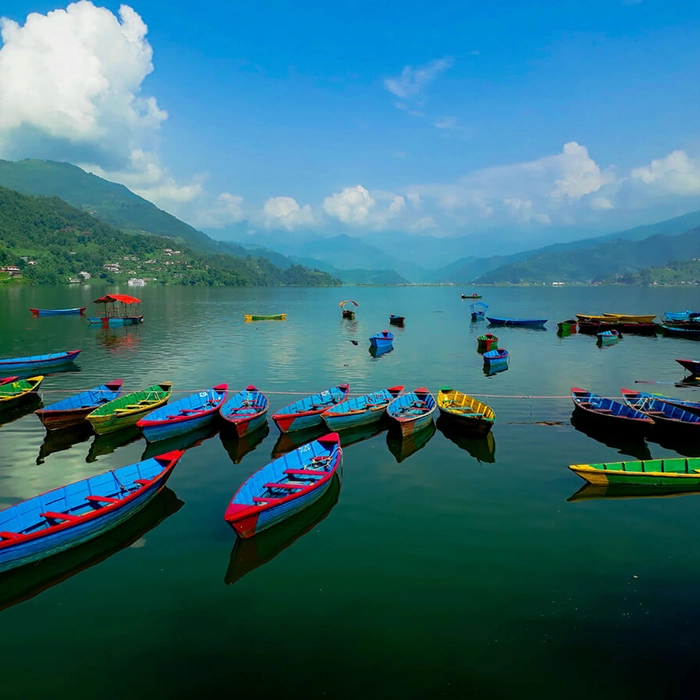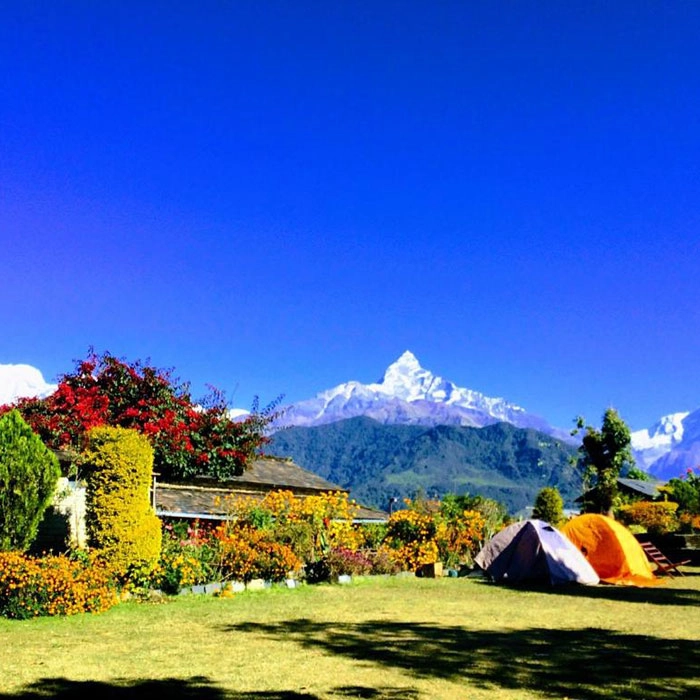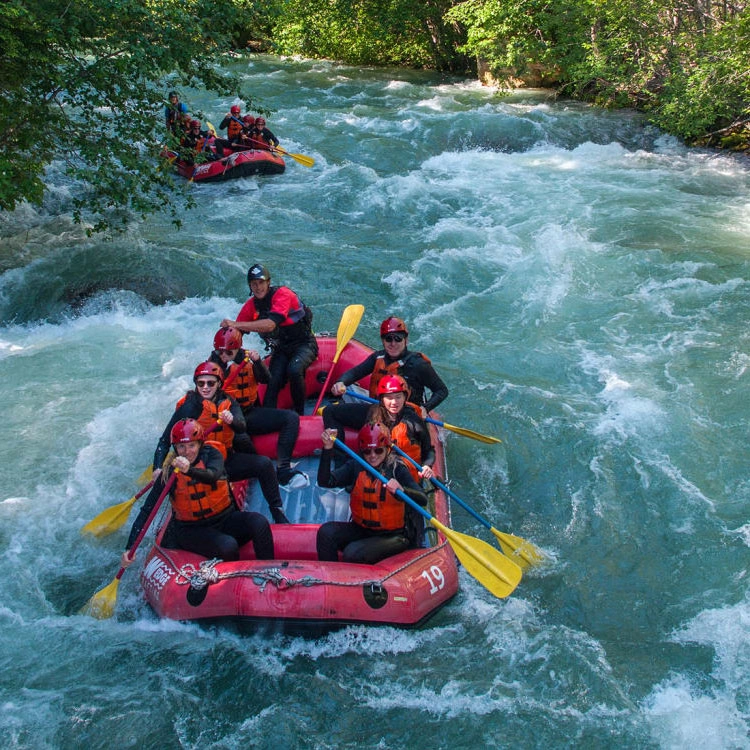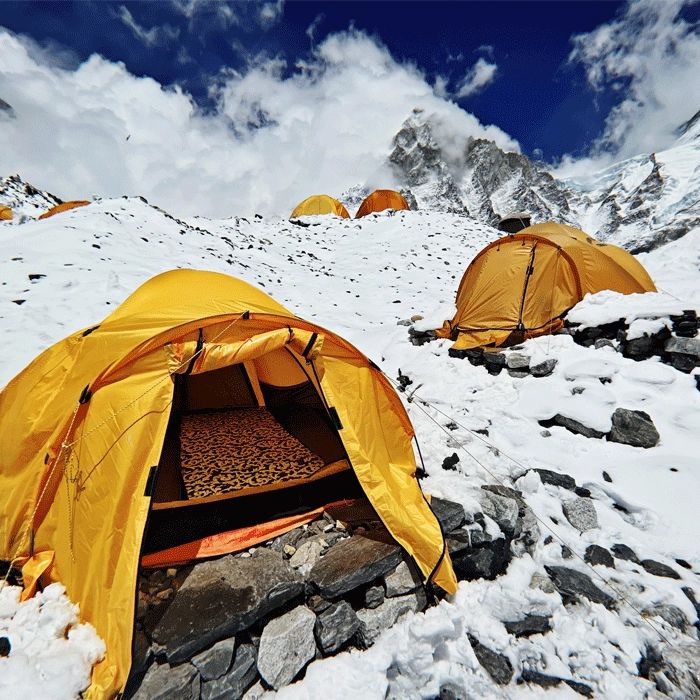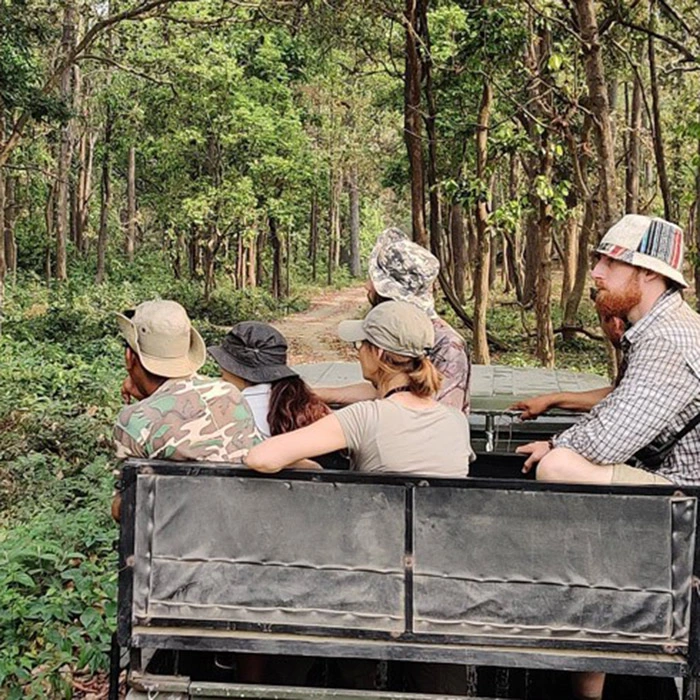Kailash Mansarovar Yatra via Kyirong– 13 Days is a sacred overland pilgrimage from Nepal to Tibet, offering a transformative journey through the Himalayas to the revered sites of Mount Kailash and Lake Manasarovar. Starting in Kathmandu, this 13-day itinerary takes you across the dramatic landscapes of the Kyirong Valley, ascending gradually to ensure better acclimatization and comfort.
Mount Kailash, standing at 6,638 meters, is considered the cosmic center of the universe and holds deep significance for Hindus, Buddhists, Jains, and Bon followers. Pilgrims embark on a profound three-day Kora (circumambulation), trekking roughly 52 kilometers around the sacred Mount Kailash. This revered journey is believed to purify one’s karma accumulated over lifetimes, offering spiritual cleansing and liberation. The journey crosses the Drolma La Pass (5,630 m), a high-altitude spiritual challenge that symbolizes rebirth.
Equally sacred is Lake Manasarovar (4,590 meters), one of the world’s highest freshwater lakes. Pilgrims perform ritual baths and meditations on its shores, where the pristine waters are believed to purify the soul and bring inner peace. The nearby Rakshasa Taal adds further spiritual and mythological depth.
Along the way, you’ll experience ancient Tibetan monasteries, dramatic high-mountain passes, nomadic culture, and sweeping Himalayan views. This journey is supported by experienced guides and a logistics team to ensure safety, comfort, and cultural immersion.
Whether you are seeking spiritual awakening, cultural enrichment, or high-altitude adventure, the Kailash Mansarovar Yatra via Kyirong is a once-in-a-lifetime pilgrimage that promises deep personal transformation in one of the holiest regions on Earth.
Kailash Mansarovar Yatra via Kyrung – 13 Days Difficulty
The Kailash Mansarovar Yatra via Kyirong– 13 Days is a spiritually and physically rewarding pilgrimage to Mount Kailash and Lake Manasarovar. While it presents some challenges due to the high-altitude trekking and remote Himalayan terrain, it does not require any technical climbing or mountaineering skills.
The highest point of the Yatra is the Dolma La Pass at 5,630 meters (18,471 ft), where lower oxygen levels make acclimatization essential. During the 3-day Kailash Kora (circumambulation) — one of the most sacred parts of the journey — pilgrims walk 6 to 9 hours per day through stunning mountain landscapes and spiritually significant sites.
With a gradual altitude gain, built-in rest and acclimatization days, and the full support of our experienced trekking and pilgrimage team, most healthy individuals with basic fitness and a strong spiritual intention can successfully complete the journey.
We ensure your Kailash Mansarovar Yatra via Kyirong – 13 Days is safe, well-paced, and profoundly enriching — both physically and spiritually.
Kailash Mansarovar Yatra via Kyrung – 13 Days Cost
The cost of the Kailash Mansarovar Yatra via Kyirong – 13 Days pilgrimage includes all essential services to ensure a smooth, safe, and spiritually fulfilling journey to Mount Kailash and Lake Mansarovar. This comprehensive package covers a licensed pilgrimage guide, porters or yaks/mules for luggage transport, restricted area permits in Nepal and Tibet, camping and basic accommodation, all meals during the trek, and ground transportation from Kathmandu to the Nepal-Tibet border and back — encompassing the entire sacred pilgrimage.
Solo pilgrims receive personalized support, while group travelers benefit from tiered discounts, with the per-person price decreasing as the group size increases. This makes the Kailash Mansarovar Yatra from Nepal via Kyirong an affordable and accessible spiritual journey.
We also offer seasonal promotions during off-peak periods to make this sacred Himalayan pilgrimage even more accessible. Although standard international pricing is displayed on our website, we encourage you to contact us directly for private group rates or special offers. We are committed to delivering the best value without compromising safety, high-quality service, or the spiritual integrity of this transformative journey.







 Overviews
Overviews
 Trip Overview
Trip Overview
 Travel Itinerary
Travel Itinerary
 Cost Include
Cost Include
 Cost Exclude
Cost Exclude
 Fixed Departure
Fixed Departure
 Route Map
Route Map

 Freqeuntly Asked Questions
Freqeuntly Asked Questions
 Reviews And Rating
Reviews And Rating
